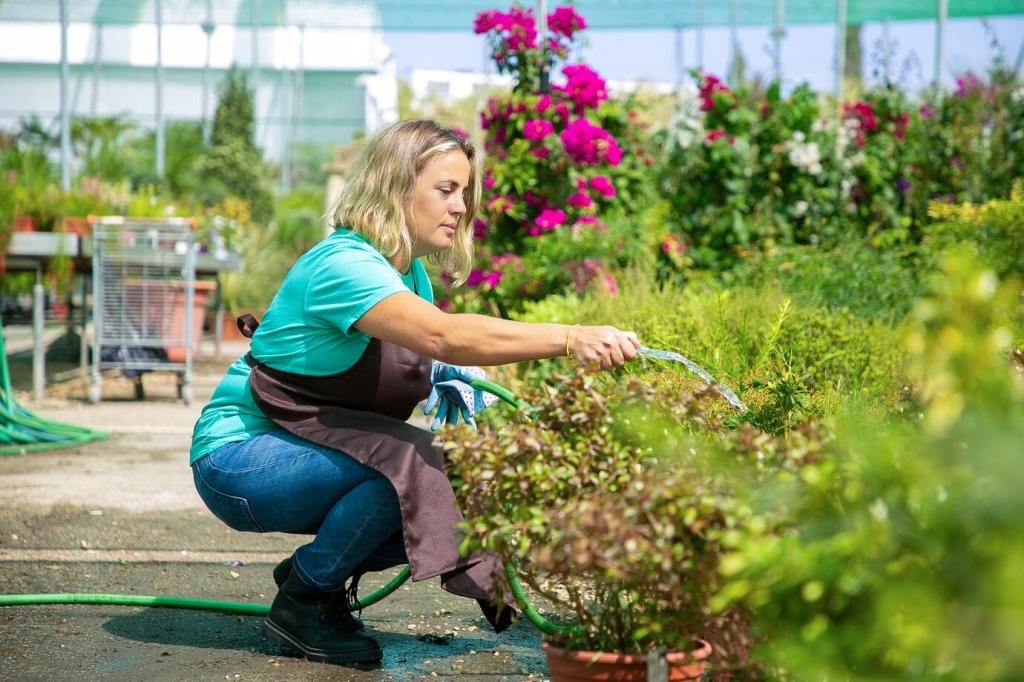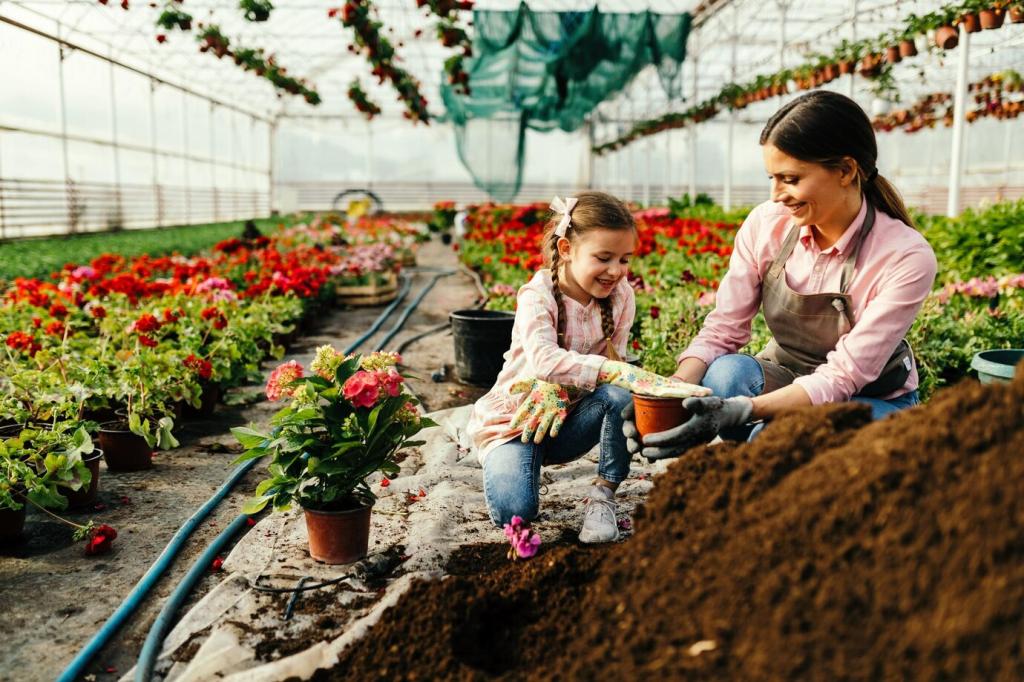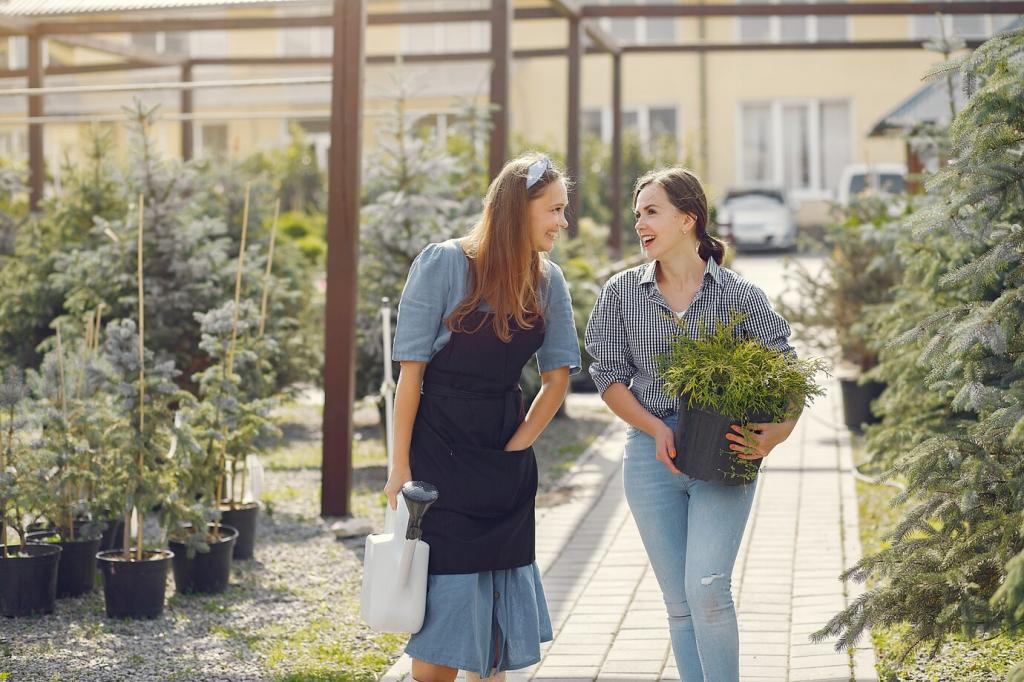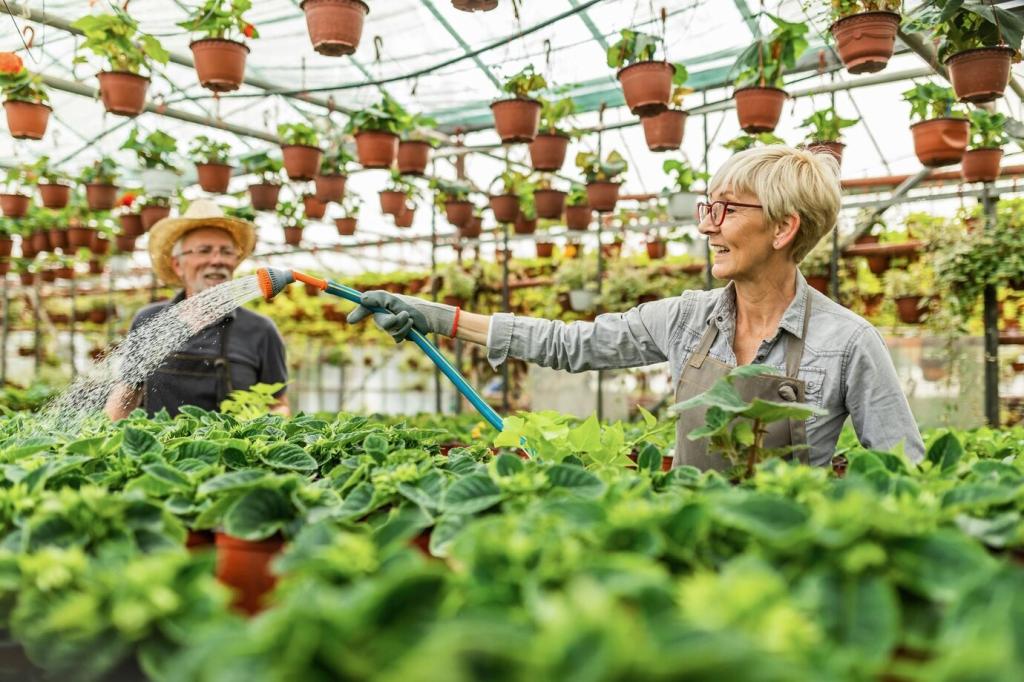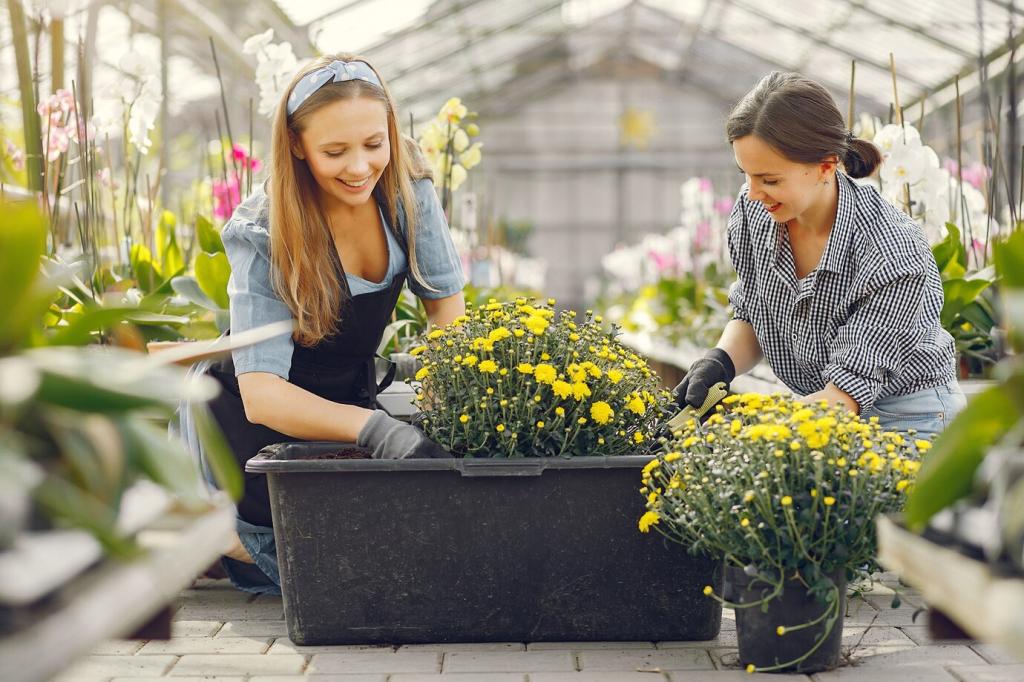Sourcing Materials: Everyday Finds and Community Treasures
Coffee tins, yogurt tubs, juice cartons, and glass jars are planter gold with minimal prep. Clean thoroughly, roughen surfaces for paint, and add drainage. Transform labels into plant markers. Post a photo of your most surprising container-turned-planter, and tag a friend who always saves interesting packaging.
Sourcing Materials: Everyday Finds and Community Treasures
Community boards and local groups overflow with crates, buckets, and wooden drawers destined for a second life. We once scored a stack of bakery food-grade buckets from a friendly shop owner named Rosa. Ask politely, bring gratitude, and offer herbs later. Comment with your favorite neighborhood source to help others.
Sourcing Materials: Everyday Finds and Community Treasures
Degrease containers, de-rust metal, and seal porous surfaces where appropriate. Light sanding helps paint adhere, while a quick vinegar rinse removes soap residue. Mark materials with a date so you can track longevity. Subscribe for our prep guide to keep recycled planters sturdy, safe, and beautiful across seasons.
Sourcing Materials: Everyday Finds and Community Treasures
Lorem ipsum dolor sit amet, consectetur adipiscing elit. Ut elit tellus, luctus nec ullamcorper mattis, pulvinar dapibus leo.

